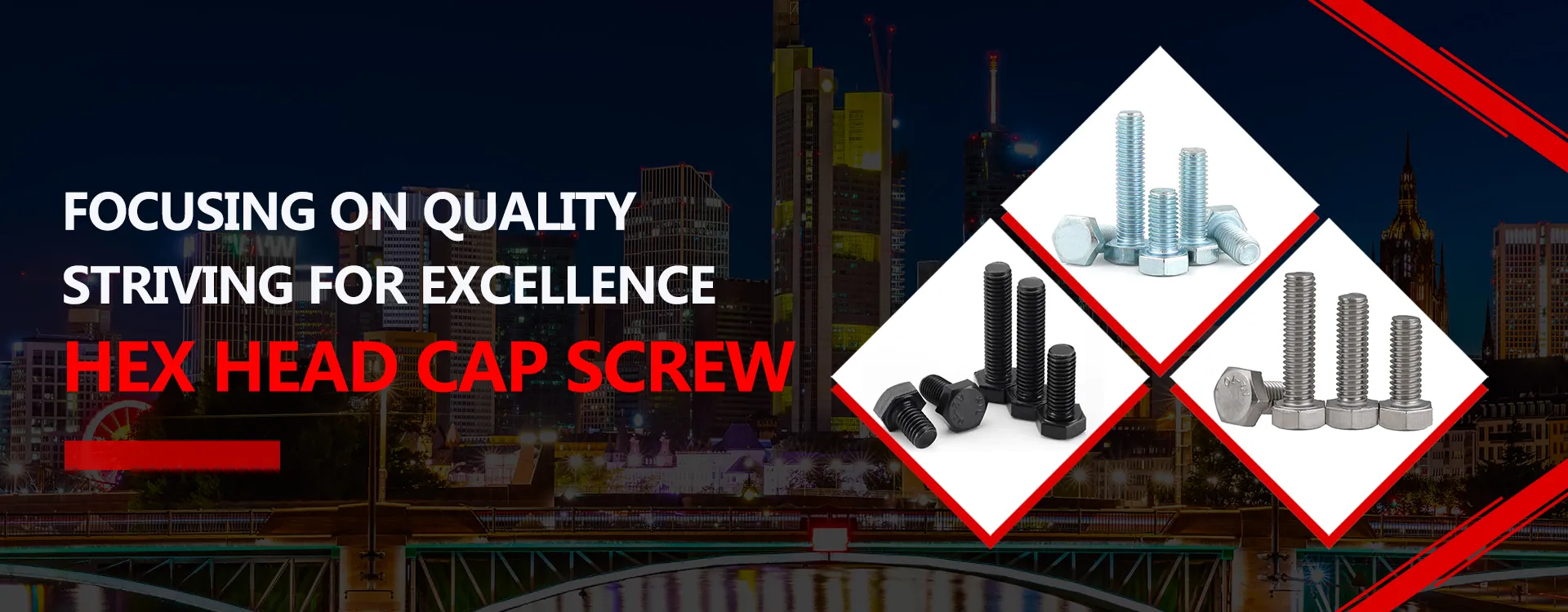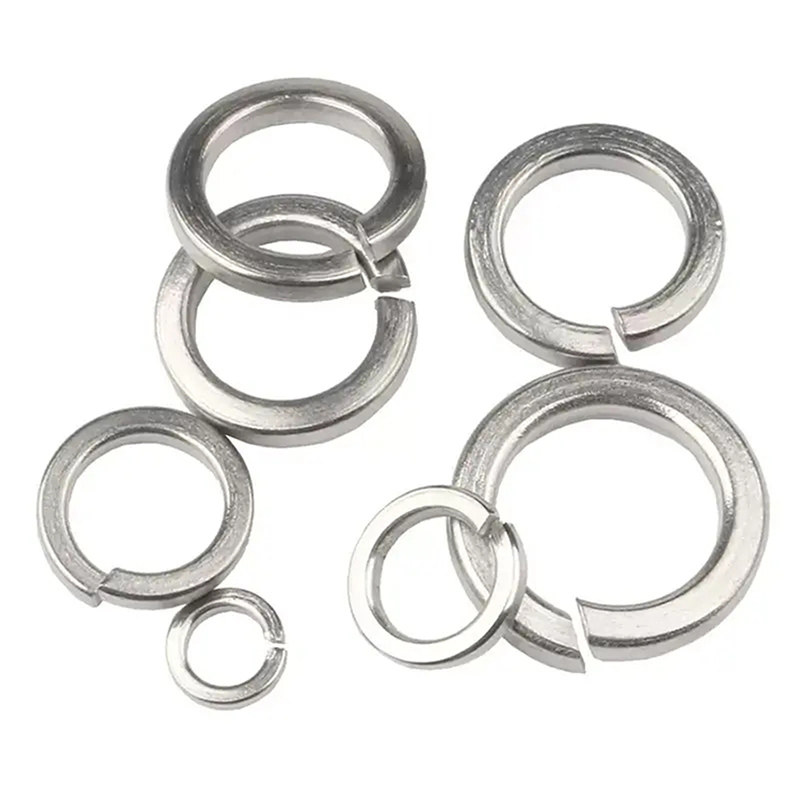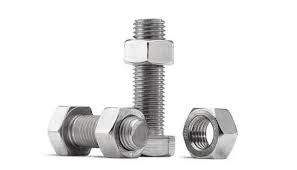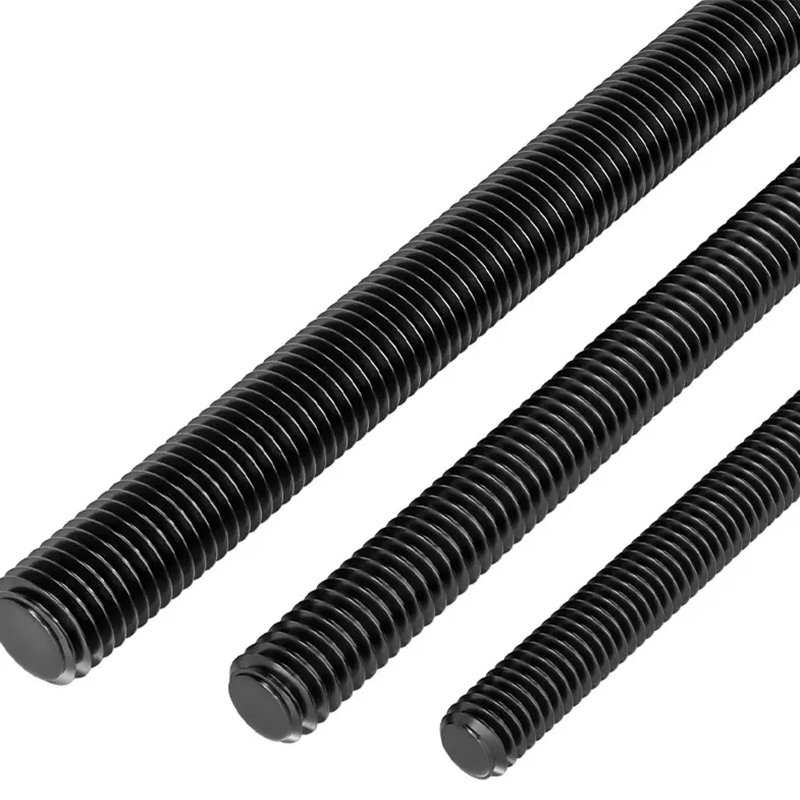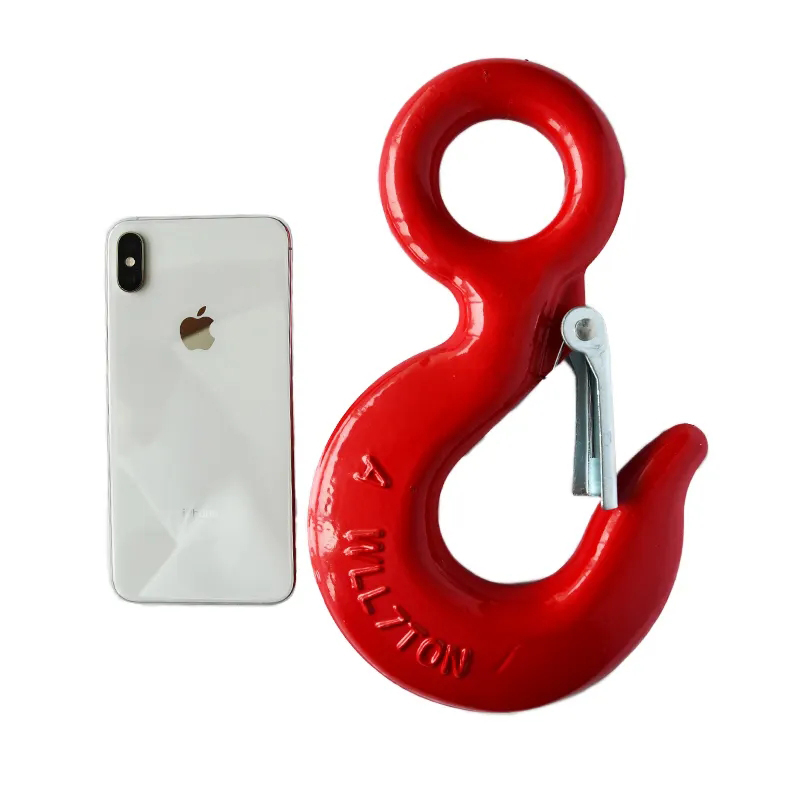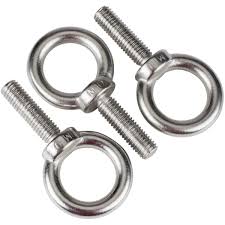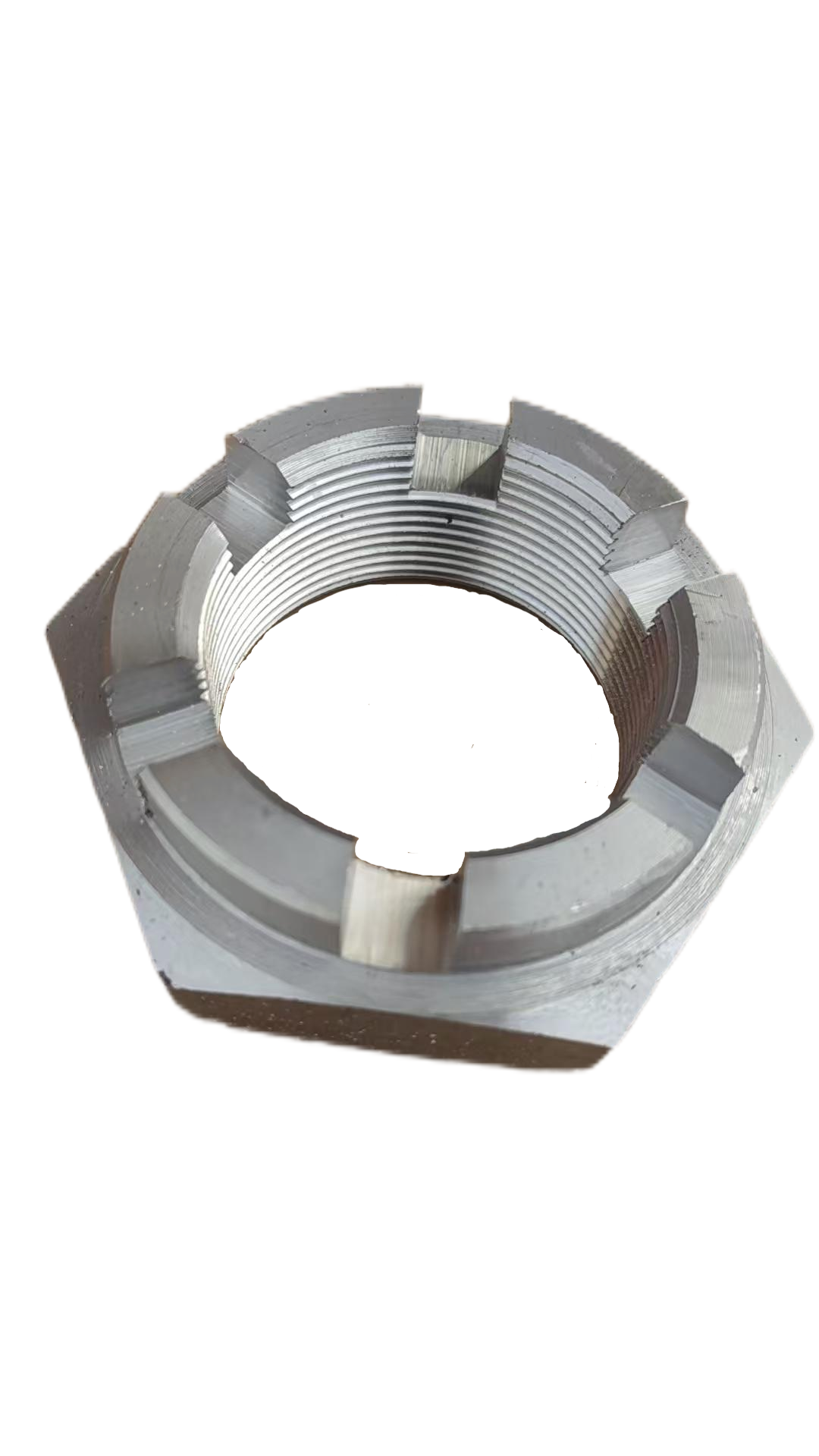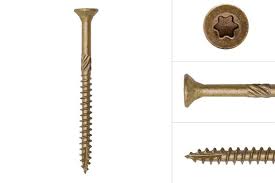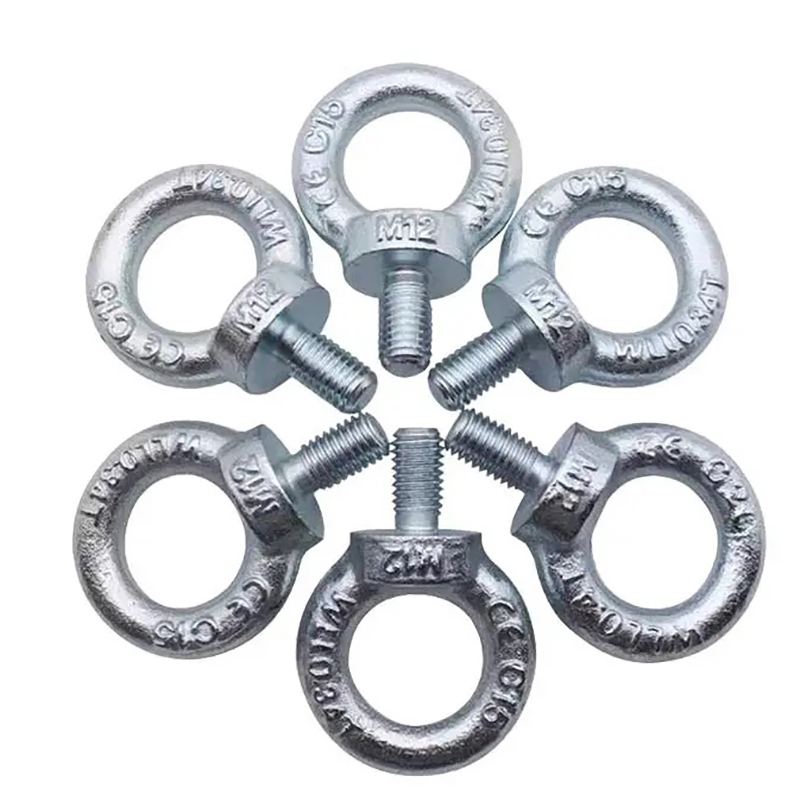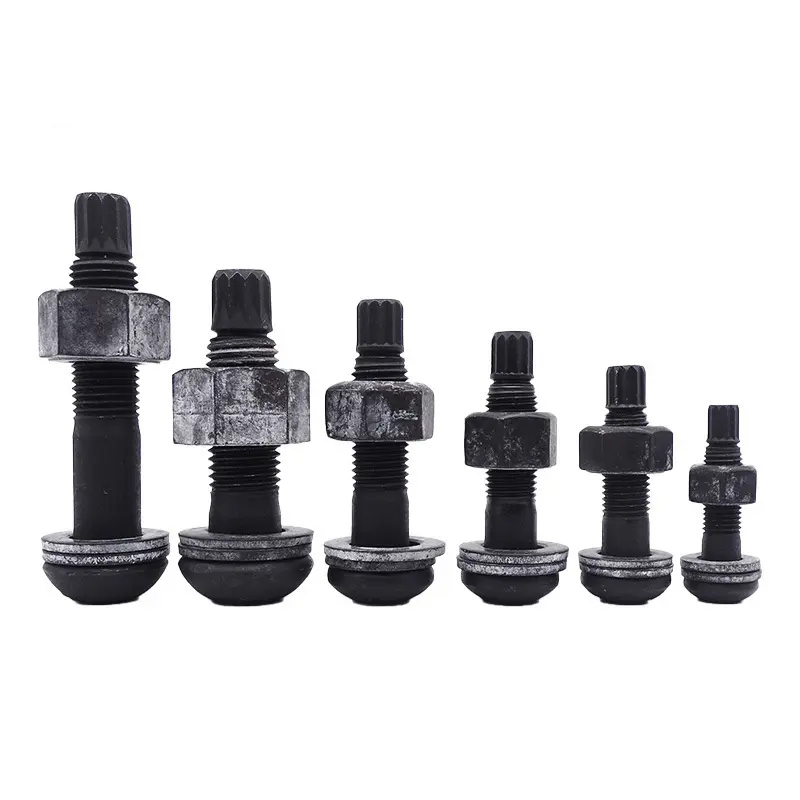

This guide provides a detailed overview of the eye nut exporters market, helping you navigate the process of sourcing high-quality eye nuts for your needs. We'll cover crucial factors to consider when selecting a supplier, explore different types of eye nuts, and offer practical tips for ensuring a smooth and successful procurement experience. Learn about material choices, quality standards, and how to evaluate supplier capabilities.
Eye nuts are versatile fasteners with a threaded body and a loop or eye at one end. This design allows for easy connection to other components using shackles, hooks, or other lifting equipment. They're frequently used in lifting, rigging, and anchoring applications, where a strong, reliable connection point is required. The choice of material is critical, depending on the application's load capacity and environmental conditions. Common materials include steel, stainless steel, and various alloys.
Eye nuts come in various sizes, thread types (e.g., metric, UNC, UNF), and materials. The selection depends heavily on the specific load requirements and the working environment. Some common types include weld-on eye nuts, forged eye nuts, and swaged eye nuts, each possessing distinct advantages and disadvantages in terms of strength, durability, and installation methods. For example, forged eye nuts are often preferred for high-strength applications due to their superior tensile properties.
The material used in manufacturing eye nuts directly impacts their strength, corrosion resistance, and overall lifespan. Steel eye nuts are a cost-effective option for many applications, while stainless steel eye nuts offer superior corrosion resistance, making them suitable for outdoor or marine environments. Other specialized alloys may be used for extreme temperature or chemical resistance needs. When selecting a supplier, always clarify the material specification and ensure it aligns with your application's demands.
Selecting a trustworthy eye nut exporter is crucial for ensuring the quality and reliability of your products. Consider factors such as the supplier's manufacturing capabilities, quality control procedures, certifications (e.g., ISO 9001), and experience. Review customer testimonials and conduct thorough due diligence before committing to a long-term partnership. Look for suppliers who can provide detailed material certifications and test reports.
High-quality eye nuts are essential for safety and reliability. Reputable eye nut exporters will adhere to strict quality control measures throughout the manufacturing process, ensuring compliance with relevant industry standards and certifications. Inquire about their quality control procedures and request certifications to verify their adherence to quality standards. This is particularly important for critical applications where failure could have significant consequences.
A reliable eye nut exporter should offer efficient and reliable shipping options, ensuring timely delivery of your order. Clarify their shipping methods, estimated delivery times, and handling procedures to minimize the risk of damage during transit. Consider factors such as distance to your location and the supplier’s experience in international shipping.
Several factors influence the selection of a suitable eye nut exporter. These include the quantity required, the specific type of eye nut needed (material, size, thread type), and the desired level of quality and certification. Thoroughly research potential suppliers, comparing prices, lead times, and overall service quality. Don't hesitate to request samples to assess the quality firsthand.
For high-quality eye nuts and exceptional service, consider Hebei Dewell Metal Products Co., LTD. They are a leading manufacturer and exporter of various fasteners, including a wide range of eye nuts designed to meet stringent quality standards.
Common thread types include metric (M6, M8, M10, etc.), UNC (Unified National Coarse), and UNF (Unified National Fine).
The required size depends on the load capacity and the working load limit of the connecting components. Consult engineering specifications and relevant safety standards.
Always ensure proper installation and inspect eye nuts regularly for any signs of damage or wear. Use appropriate lifting and rigging equipment, and follow all relevant safety guidelines.
| Feature | Steel Eye Nuts | Stainless Steel Eye Nuts |
|---|---|---|
| Corrosion Resistance | Low | High |
| Strength | High | High |
| Cost | Low | High |
| Applications | Indoor, controlled environments | Outdoor, corrosive environments |
Disclaimer: This information is for general guidance only and does not constitute professional engineering advice. Always consult with qualified professionals to ensure the safe and appropriate selection and use of eye nuts in your specific application.
